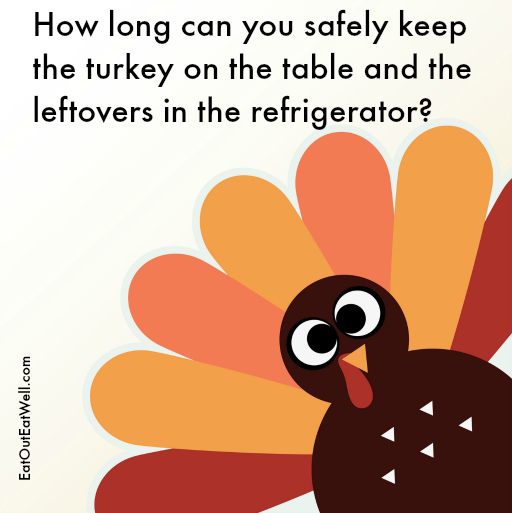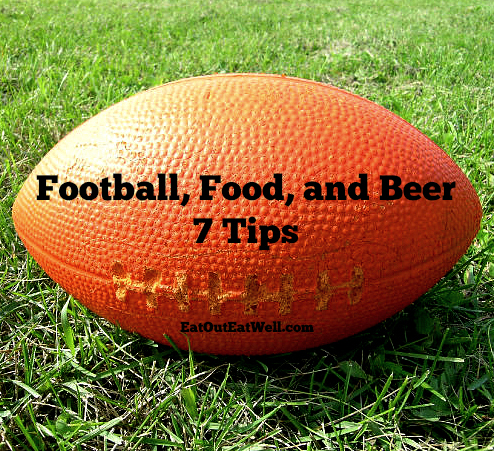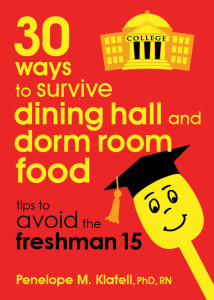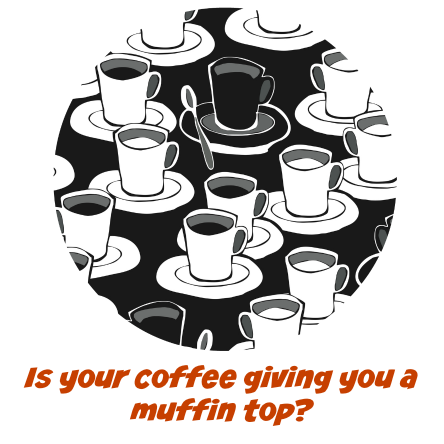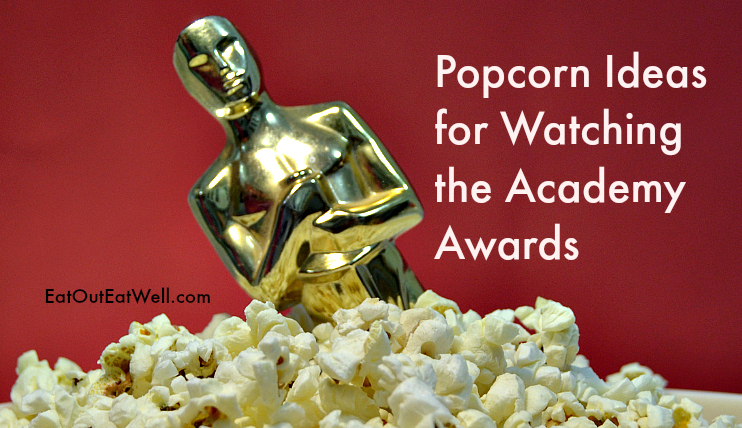
When you think movie, do you also think popcorn? A good percentage of movie viewing people do.
And what’s the biggest movie night of the year? The Academy Awards, of course.
Oscar has been around for a long time – the first Academy Awards ceremony was in 1929 – but the main snack food that’s associated with movies has been around a lot longer.
The Evolution of Popcorn
The puffy goodness we know as popcorn is a strain of corn (from maize) cultivated in Central America about 8,000 years ago and probably brought to New England from Chile in the early 19th century by North American whalers. People discovered that popping popcorn was fun and its appeal spread rapidly across the country.
By the mid 1800’s popcorn was widely available, especially at places like circuses and fairs. The invention of the steam-powered popcorn maker in 1885 meant popcorn could be made anywhere. Amazingly, the only place where it wasn’t usually available was in theaters, which typically had carpeted floors and theater owners didn’t want popcorn “dirtying” up the place.
Popcorn and Movies
Because of popcorn’s popularity, theater owners began to allow vendors to sell popcorn outside their theaters. During the Great Depression people looked for cheap diversions and movies were it and popcorn — at 5 to 10 cents a bag — was an affordable luxury.
Eventually theater owners began to lease their lobbies to popcorn vendors, but then figured out they could make more money by selling it themselves. Selling popcorn, candy, and soda from their own concession stands meant higher profits. Sugar shortages during World War II made sweet treats hard to come by so popcorn became the main snack. By 1945 over half of the popcorn eaten in the US was consumed in movie theaters.
Popcorn is still king. Americans eat, on average, about 13 gallons of popcorn a year. It’s cheap to make and allows for a huge price mark-up. You might pay $5 for a bag of popcorn, but it costs the theater about 50 cents. Plain popcorn doesn’t have all that much flavor, so yellow oil (it isn’t butter) and salt are added to make it tasty and make you thirsty. So, you buy a soda. No wonder movie theaters make an estimated 85 percent profit from concession sales, with those sales accounting for 46 percent of their overall profits.
Popcorn Recipes
On Oscar night – or any movie night — as you prop your feet up to watch the glamorous stars grab their golden statues, make sure you have a good supply of popcorn on hand. You don’t have to settle for the plain variety – unless you want to. There are some fantastic popcorn recipes with names like Bacon Bourbon Caramel Popcorn, Cinnamon Candy Popcorn (which is red, like the red carpet), Pizza Popcorn, Peanut Butter Popcorn, and Endless Caramel Corn.
For even more popcorn recipes to accompany your cheers, boos, oohs, and ahs on Oscar night, check out:
